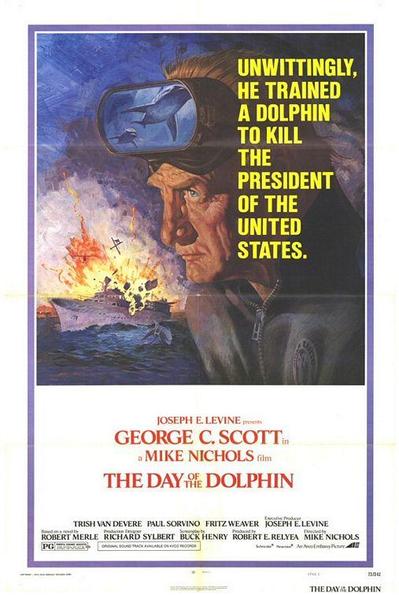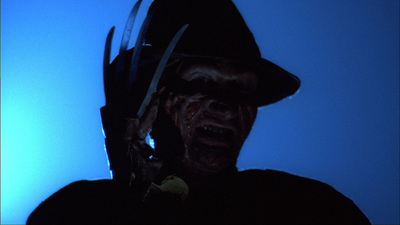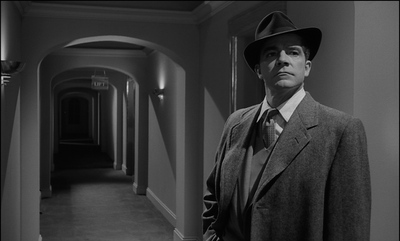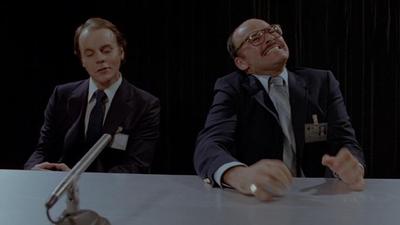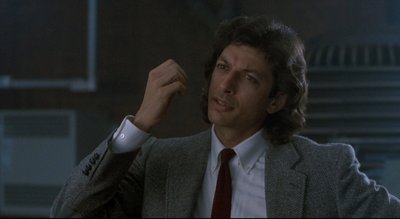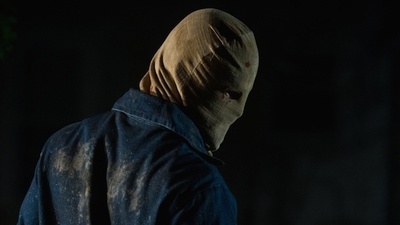I read a fair amount, but there are only a few authors whose output I eagerly await. Longtime readers already know that Neal Stephenson and Lois McMaster Bujold are the ringleaders, but John Scalzi is also among their ranks. Scalzi rankles a fair amount of folks because of his politics (which have been getting more and more pronounced over time), but in general, I’ve found his novels to be enjoyable pageturners. Being “easy to read” also rankles a certain element of fandom, those who seek “literary” status as opposed to entertainment and good old fashioned storytelling. Scalzi won a Best Novel Hugo award last year for Redshirts, which produced much teeth-gnashing from a wide range of people. It was an odd novel, but it’s one that seems to have aged well in my head (my only issues with it were meta-issues). I suspect I would not have ranked it #1 that year, but like this year’s Ancillary Justice win, I can’t really fault people from voting for what they like – the Hugo is a populist award, after all. So it’s with this baggage that I come to Scalzi’s latest novel, Lock In. In short, I found it disappointing. Not bad, per say, but I have trouble mustering up much enthusiasm.
Lock In takes place in the near future, after a global pandemic of something called Haden’s Syndrome that mostly presented flu-like symptoms, but for about 1% of the population, resulted in locked-in syndrome. This is a real condition that is thankfully pretty rare, but in the world of the novel, the amount of locked-in patients (called “Hadens” in the book) exploded. The world adapted and developed a whole suite of solutions, including a Haden-only virtual reality space, embedded neural networks, and robot-like machines that can be “driven” by Hadens. This is all worldbuilding though, and the story proper is a pretty straightforward police procedural, following FBI agents Chris Shane (a Haden himself) and Leslie Vann as the investigate a Haden-related death.
Science Fiction is perhaps infamous for its reliance on exposition and info-dumps, but the first chapter of this book is a pretty egregious example. It baldly lays out the worldbuilding, encyclopedia-style, and as near as I can tell, it’s completely superfluous. You get a lot of the same information through context as the story unfolds. I may be griping a little too hard about this, but it started me off on the wrong foot, and it took a while to recover.
While I’m complaining about things, Scalzi’s politics are showing. Of course, an author’s politics are always showing in one way or another, and Scalzi’s past novels were no exception, but this time around there are completely unnecessary tangents on things like, for example, gun control. These are disappointing tidbits, but fortunately, they aren’t pervasive. On the other hand, Scalzi’s concern with gender is much more successful. Agent Vann is great, a smart, tough, hard-drinking veteran agent who reminded me of the well connected smuggler at the heart of Polar City Blues (another SF mystery that, alas, I wound up enjoying more than Lock In). If you are paying attention, (and if you read Scalzi’s blog, how could you not pay attention to this stuff?) you’ll notice that Chris Shane’s gender is not specified. This apparently blew some people’s minds, but I was expecting this sort of thing from Scalzi. Of course, it’s pretty easy to pull off when your character is represented by a featureless robot 99.9% of the time in the novel, which did make me wonder much more about the lives of Hadens. Again, this is a detective thriller, so there’s not a lot of time given to exploring these aspects of a Haden’s life, but as tangents go, that would have been a welcome one.
The overall mystery is well done, but nothing particularly special. There aren’t any grand revelations, but it’s more satisfying than your typical episode of [insert CBS procedural here]. It took me longer than usual to be hooked (perhaps because of that clunky opening chapter), and while Scalzi normally excels at snappy dialogue, it wasn’t quite as snappy as his other recent efforts.
I ultimately did enjoy the book, but I found myself nitpicking, which I generally attribute to some deeper dislike (though I’m having trouble pinpointing that). It has been getting pretty good reviews though, so I’m fully expecting that it will be nominated for a Hugo next year (it will not, however, be appearing on my nominating ballot). Apparently Lock In was also optioned for a television show, and a SF police procedural might actually work really well. So I wasn’t totally on board with this book, but regardless, I’m very much looking forward to the second Human Division novel (er, collection?), as I really loved the first installment (even if it ended on an unexpected cliffhanger).
